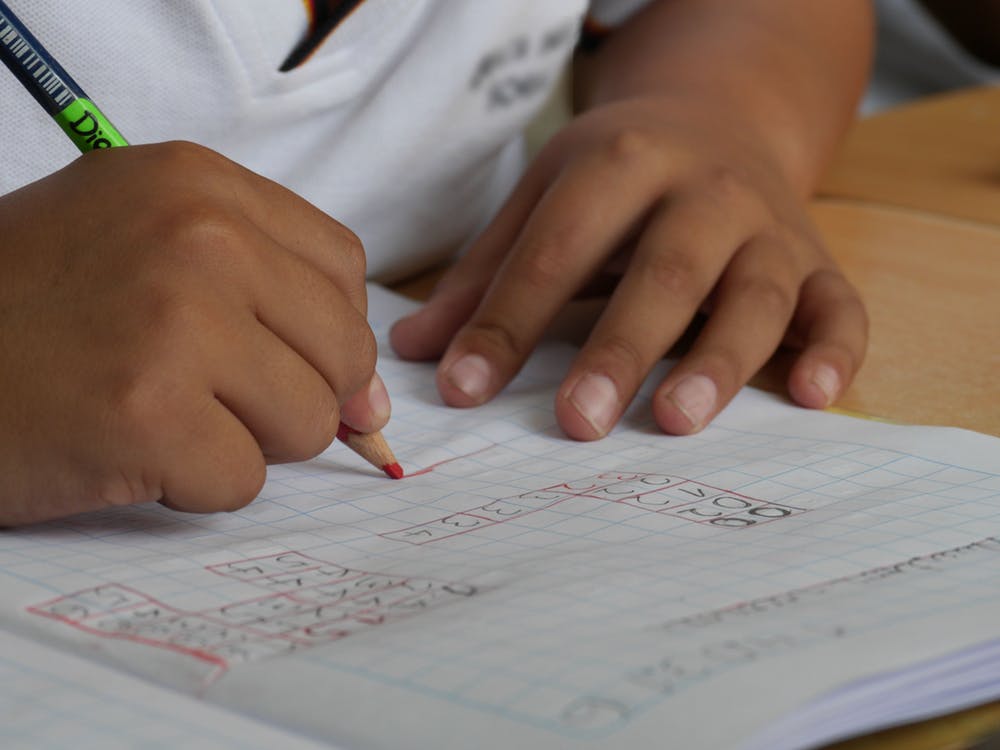
Maria Montessori is known for her theory of philosophy and education which is widely being used by various schools today. Here system, aptly called the Montessori Method, focuses on developing a child’s own propensity to take initiative and improve their natural abilities. This is done especially through applying the theories and concepts that they have learnt in class. The Montessori Method also encourages children to learn at their own pace, which allows educators to consider and understand the individual needs of the children.
To accomplish the environment the Montessori Method envisions, schools will need to set-up a learning environment specifically for three significant age groups:
- 2–2.5 years
- 5–6 years
- 6–12 years
Then various activities are created that will involve repetition, abstraction, communication, and exploration. The idea is to teach children in the 2-2.5 year-old age group will be taught to be inquisitive and explore their environment, the children in the 2.5-6 year-old age group will be taught to understand and repeat definitions of concepts, and the last group of children are taught to discuss abstract concepts through reasoning and creativity.
International schools adapt the Montessori Method because of its holistic approach. Particularly in a school called the Global Indian International School (GIIS), they use a Global Montessori Program (GMP) that works hand-in-hand with their award winning ‘Nine Gems’ educational framework to make sure that they are able to produce students who are socially responsible leaders who value empathy, critical thinking, and community. So there are obvious advantages to adapting the Montessori Method and combining it with an educational system that can support the method’s goals.
Creating a stimulating learning environment through the Montessori Method
As was mentioned earlier, the Montessori Method focuses on three developmental stages, each of which has learning goals that needs to be achieved. This means that schools and its educators should be able to provide an environment that encourages intellectual, emotional, and physical development throughout their whole stay in school.
International schools like the GIIS accomplishes this by adapting an ‘understanding by design’ educational format, which they famously call the ‘Nine Gems’. But without needing to enumerate all nine, the best way to comprehend ‘understanding by design’ is remembering that this kind of learning is divided into this basic taxonomy:
- Repetition of knowledge – when students can define textbook definitions after acquiring knowledge
- Application – when students can apply the knowledge through collaborative projects, reports, and so on
- Creative thinking – when students can articulate their own thoughts that may or may not agree with the knowledge
Once a student is able to go through this taxonomy, it is the only time when we can truly say that they are able to arrive at their conclusions logically and soundly. The Montessori Method and the GIIS Nine Gems does this for various aspects of school life — meaning, it is not just for the academic, but also for performance and visual art, sports, and community care.
If we wish for our kids to get the best that education has to offer, look no further than an international school, with its diverse educational landscape, that adapts the Montessori Method of holistic development.